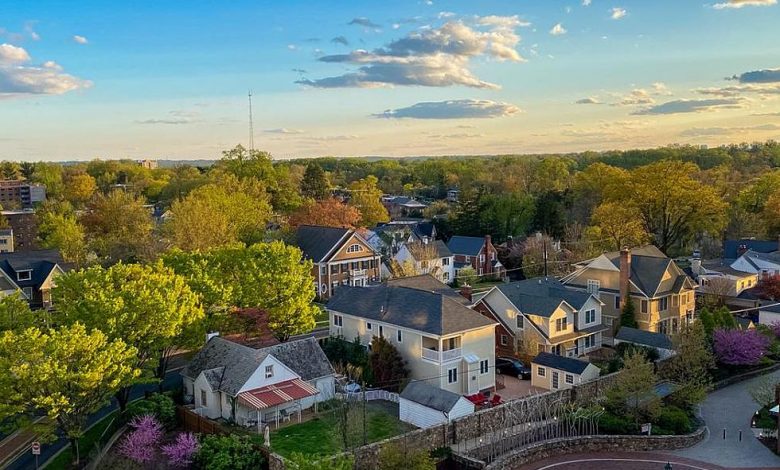4 More Rural Hospital Success Stories from Small Towns Across America

Rural hospitals are closing across the country. Naysayers may say it’s the end of rural healthcare as we know it. However, many hospitals are flipping this trend on its head.
America’s best rural hospitals are thriving in uncertain times by expanding care, taking advantage of telemedicine, and specializing in in-demand areas.
By taking this approach, rural hospitals have grown revenue even when dealing with aging populations, higher-than-average Medicare patient totals, and other challenges that have sunk competing providers.
Today, we’re exploring four more rural hospital success stories from small towns across the United States.
Gold Beach, Oregon Hospital Increases Services, Becomes Economic Driver for Region
Gold Beach, Oregon is a small, relatively isolated community along a picturesque section of Oregon’s southern coast.
For decades, the community was served by a small, outdated facility built in the 1950s. The facility exclusively provided acute care, meaning patients had to travel long distances to access specialized medical treatment.
Things became progressively worse for Gold Beach’s Curry General Hospital over the years. The facility could no longer meet local needs, and the building itself was not compliant with building doctors. The facility struggled to attract and retain doctors.
Things changed when the hospital received new funding. Residents of the Curry Health District approved a $10 million fund to fund construction on the facility. The hospital received an additional $20.9 million through the USDA Rural Development’s Community Facilities Program. By taking advantage of favorable interest rates and 40-year terms, the rural district was able to afford considerable healthcare spending it would normally be unable to afford.
Kalispell, Montana Emphasizes Outdoor Lifestyle to Attract Talent
Some rural hospitals have turned a disadvantage into an opportunity. Rural hospitals can be isolated – but that doesn’t mean they can’t attract talent.
Kalispell, Montana is a relatively isolated city in a picturesque corner of the state. Although isolated, the city is surrounded by world-class ski hills, Glacier National Park, multiple lakes, and considerable outdoor adventure opportunities.
By emphasizing these opportunities, Kalispell has attracted high-quality medical care to the region regardless of the remoteness.
On July 1, 2020, Kalispell Regional Healthcare opened the first floor of Montana Children’s. The $60 million facility was funded by debt, operating reserves, and philanthropy.
The opening is a big deal for the city of Kalispell. Previously, Kalispell residents needed to visit Spokane, Washington – four hours away across multiple wintry mountain passes – to get similar patient care for children. Parents of children with chronic diseases were forced to move to Spokane, Denver, and other larger cities – or face multiple harrowing drives each winter.
Now, thanks to the new opening, Kalispell residents can access quality patient care even in a relatively remote area.
North Dakota Hospital Thrives Thanks to Booming Oil and Gas Operations
In neighboring North Dakota, hospitals have faced a surge in revenue thanks to the booming oil and gas industry.
North Dakota’s McKenzie County saw its population double between 2010 and 2020, due mostly to oil and gas operations in the region. As the population grew from 6,000 to over 12,000, local legislators recognized the urgent need to expand healthcare.
Using federal and state loans, funding from the oil industry and private citizens, and a sales tax increase, the region opened the new McKenzie County Hospital in Watford City in June 2018.
Before the opening the hospital, residents had to drive 50 minutes to access surgeries and preventative healthcare services. Today, residents of the 12,000-person county enjoy high-quality healthcare even in a relatively remote, rural setting.
And, like Kalispell, McKenzie County has attracted talent by emphasizing the rural setting:
“Not everybody wants to live in a city, and not everybody should, and there are great places in America that should not have to suffer with second-class health care,” explains Patsy Levang, board chair of McKenzie County Healthcare Systems, in a statement to US News.
Mississippi Town, Population 1,600, Revitalizes Local Economy with Federal Grant
Mississippi’s Field Memorial Community Hospital (FMCH) is located in a town of 1,600 residents. While other hospitals serving similarly-sized towns close down, FMCH is taking the opposite approach.
Thanks to a federal grant, FMCH is building a new $21 million facility that will introduce big changes to local residents.
Centreville is located about 130 miles northwest of New Orleans, and approximately one-third of residents live below the poverty line.
The goal is to use FMCH as an economic driver for the region.
“A lot of times in the rural communities your health care systems are your economic drivers, and that’s true here,” explains Chad Netterville, chief executive of the Field Memorial Community Hospital, in a statement to NY Times, which covered the expansion in April 2015.
Today, Centreville has a 16-bed hospital thanks to the federal economic development program designed specifically to increase investment in low income communities. By targeting rural hospitals and expanding patient care, federal grants can revitalize local economies while contributing to higher-quality patient care.
Final Word
Since 2010, more than 100 rural hospitals across the country have closed down, according to a study from the University of North Carolina – Chapel Hill.
While times are tough for some rural hospitals, others have succeeded despite these challenges. They’ve turned challenges into opportunities, taking risks where other hospitals are not willing.
Contact HMI, LLC today for expert revenue cycle management consulting, chargemaster service consulting, coding services, and more. Founded in 1989, HMI, LLC has revitalized small and large healthcare organizations across the county.





